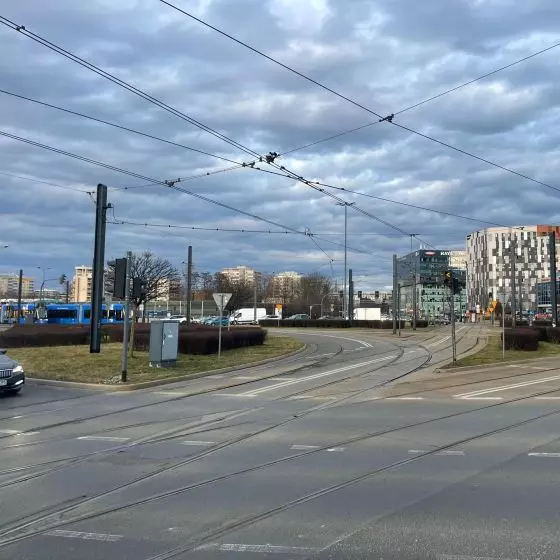By definition, a wall fences off, restricts access to a place. It is the opposite of accessibility and openness, and the historical (and, unfortunately, also contemporary) experience of separating spaces by walls reinforces the negative overtones of such barriers.
Meanwhile, in the center of Krakow - the city where the Climate Quarter is being created - consultations with specialists are underway, and a joint action plan is being worked out to help create a livable space - a massive retaining wall is being built along the railroad tracks at Halicka Street in Kazimierz. From the perspective of the parallel Starowislna Street, it gives the impression of a modern city wall, beyond which the city ends.



view from the parallel Starowiślna Street
© A&B
spatial barriers vs. friendly city
Doesn't the high wall "growing" in the historic center of Krakow contradict the assumptions of the friendly city and the idea of the Klimatyczny Kwartal?
Klimatyczny Kwartał is a groundbreaking urban planning project, implemented in the area of Kazimierz and part of Grzegórzki. It includes measures concerning mobility, quality of public space, greenery and revitalization, explains Sebastian Kowal of the Public Transport Authority of Krakow. - The Climate Quarter gives rise to changes in the thinking, planning and shaping of our city's public space. This is reflected in the integration of area development and infrastructural changes, projects of a transport nature and related to space development and quality. In addition, the human dimension is important in it - building new neighborhood ties and taking care of existing ones, shaping changes in the surrounding space together, with the participation of its users, with the support of the city," Kowal explains.
Kowal listsrestoring the residential character of Dietla Street,definingthefunction of the revitalized Krakowska Street, revitalizingWolnica Square,creating garden streets, rebuildingand revitalizing New Square,rebuilding and rev italizingStarowislna Street, theRailway Park and the bicycle highway, and thegreen Grzegórzec SKA Squareas the main tasks to be carried out as part of the project.



Miodowa street
© A&B
One of the main objectives of the project is to realize the so-called idea of a fifteen-minute city. This means that the fulfillment of all the life needs of the residents is possible in the immediate vicinity of their place of residence, without having to make unnecessary trips over long distances. Travel destinations are easily reached on foot or by bicycle," continues Sebastian Kowal. -With the implementation of the Climate Quarter, the city is part of the efforts to combat climate change and protect the environment and urban space. The individual tasks are implemented with the involvement of residents and local stakeholders, which enables the city to build awareness of the need for the changes being implemented and to fulfill the expectations of local communities. At the same time, Climate Quarter's activities will reduce CO2 emissions, which negatively affect health and quality of life, he adds.
How do these assumptions relate to the aforementioned retaining wall on Halicka Street?
The PKP PLK investment will modernize the track on most of the railroad track and transform the railroad embankment into a railroad flyover. At the level of Halytska Street, a widened railroad embankment will be created from two to four tracks, which must be adequately protected by a retaining wall. It is worth noting that there is an existing cemetery on the other side of Halicka Street, which provides a natural wall for pedestrian traffic, explains a representative of the Public Transport Authority of Krakow.



Rzeszowska Street
© A&B
important connection to the city center
We also asked the investor, PKP Polskie Linie Kolejowe, about the rationale behind the decision to erect the wall.
PKP Polskie Linie Kolejowe S.A. is currently implementing in Krakow one of the largest EU transport investments in the region. Subsidized under the CEF "Connecting Europe" instrument, the project "Works on the E30 railroad line on the section Krakow Główny Towarowy - Rudzice together with the addition of tracks of the agglomeration line" is worth more than a billion zlotys. - explains Piotr Hamarnik, representing the investor PKP Polskie Linie Kolejowe S.A.. - Thanks to it, the role of railroads in the transportation system of the Cracow agglomeration will increase significantly. One of the most important effects of the modernization will be the construction of additional tracks between the two most important stations in Małopolska's capital, Krakow Główny and Krakow Płaszów. The new tracks will make it possible to separate agglomeration and long-distance trains, speed up transit through Krakow, and increase the number of connections offered. To accommodate them, two railroad overpasses are being prepared - between Kopernika Street and Miodowa Street, and (where there is more space) existing embankments are being widened. Among other things, such an embankment is being enlarged at the level of Halytska Street. It will be bounded by a retaining wall, next to which new pedestrian and bicycle paths will be built. Together with the route under the flyovers and on the railroad bridge over the Vistula River, these routes will create a new, important connection between the city center and Wielicka Street," he adds.



retaining wall along Halicka Street
© A&B
Structurally, then, this procedure seems justified; after all, the enlarged embankment requires adequate protection. So far, however, the area has been covered with somewhat haphazardly shaped greenery, will this loss be compensated in some way for the residents?
We are also working together with the local government to arrange the emerging space for the benefit of residents. The widened railroad embankment is currently under construction. Many elements are still missing from the final assessment of its appearance (including overruns for cyclists). The construction work will be completed next year," answers Hamarnik.
fragments of the retaining wall
© A&B
"weeping wall"
Meanwhile, the implementation has already earned such nicknames as "Berlin Wall" and "weeping wall" in online comments. In an online discussion, Tomasz Janowski of the Institute for Civil Communities pointed out that this solution destroys the chances for a thoughtful uniting of Grzegórzki and Kazimierz. So what does this construction mean for the city and residents?
The wall as it is, everyone can see. With this brief statement, one could end with Fr. Benedict Chmielowski. But, since I am not a Podolsky parish priest, I will try to briefly elaborate on the topic," replies Janowski. - Halicka, Rzeszowska and Przemyska Streets are perhaps the most abandoned and neglected quarter of Kazimierz. A dead part of a living district. For years, these gloomy streets with a few interesting modernist buildings silently demanded a breather and an opening to the greenery and heritage of the Jewish cemetery, located on the other side of the railroad embankment. Such an opportunity arose a few years ago, when a plan to build the SKA and remove the spatial barrier was being developed. With this simple and technically feasible gesture, a new piece of public space could be created. By the way, increasing immeasurably the social and economic value of the entire neighborhood. Meanwhile, PKP, with the approval of the public authorities, built another more permanent barrier - a wall that creates a canal from Halicka Street, and repels people from entering this part of Krakow. This is a crime against urban space! It should also be looked at from today's perspective, in the context of other measures taken: the so-called Climate Quarter program or the story of a linear park leading from Zablocie to Kopernika Street. The "Halicki Canal" will be a fragment of this park. Now it's just a facade, trying to cover up earlier irreversible mistakes and omissions. So what is the wall on Halicka Street? It is an example of Krakow's reception of the concept of (in)sustainable development ," he concludes.
fragments of the retaining wall
© A&B
So, on the one hand, we have the development of rail infrastructure, certainly important for the city and needed, on the other - a spatial barrier that, as Tomasz Janowski noted, will push people away from this part of Krakow. Was there really no other, more city-creating way out of this situation? How many more "crimes on urban space" are ahead of us until we learn from them?






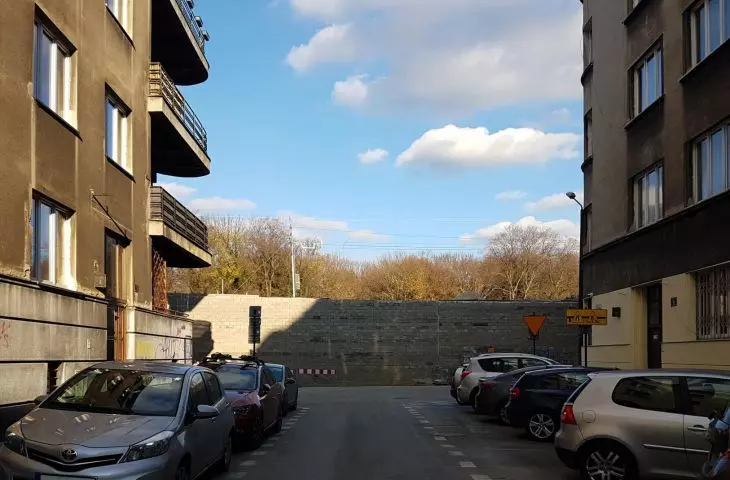






















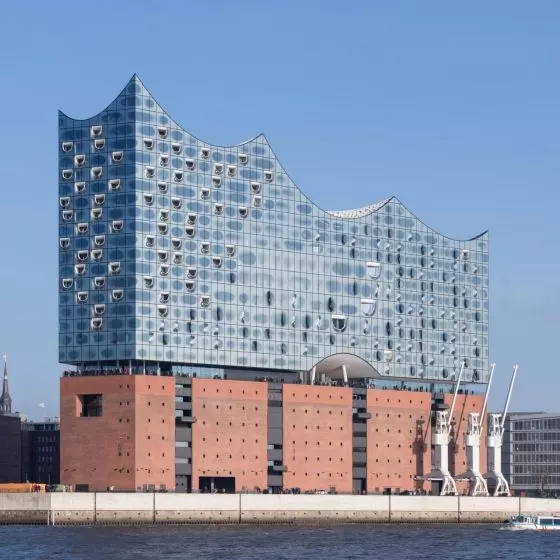
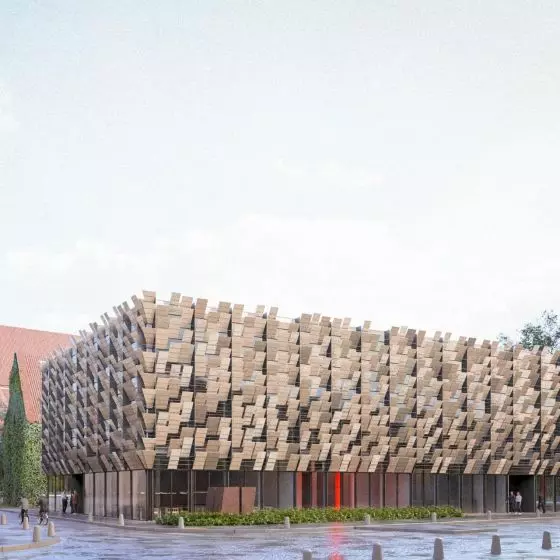
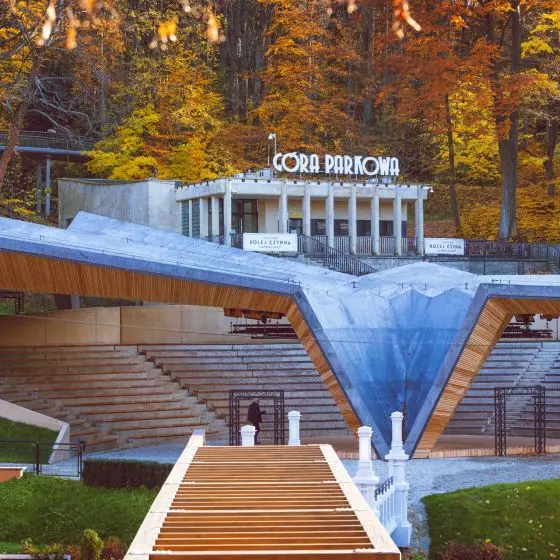
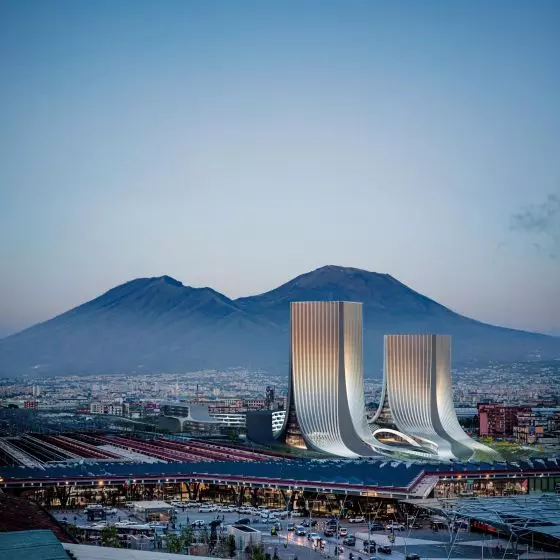
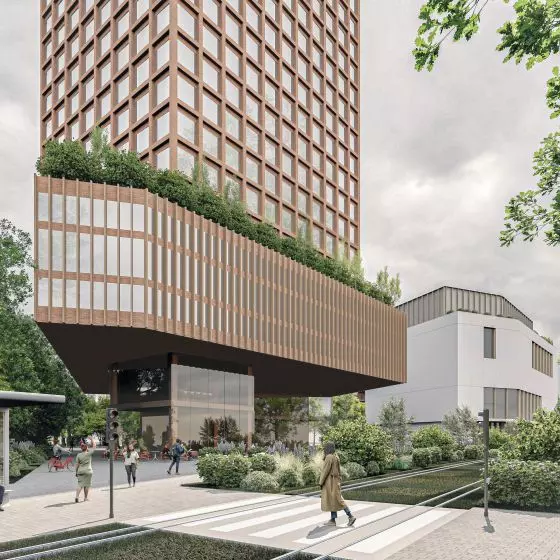
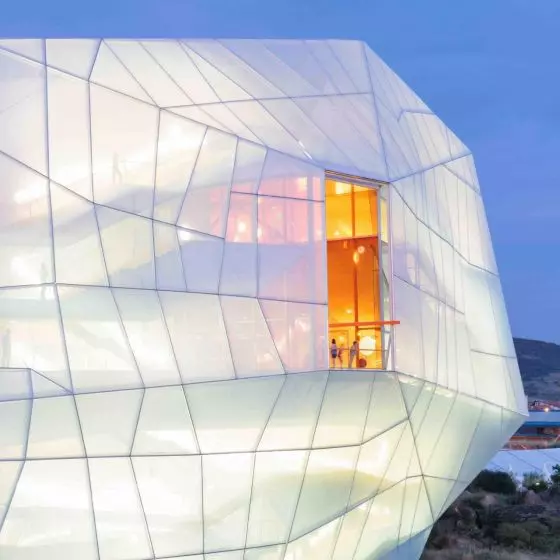
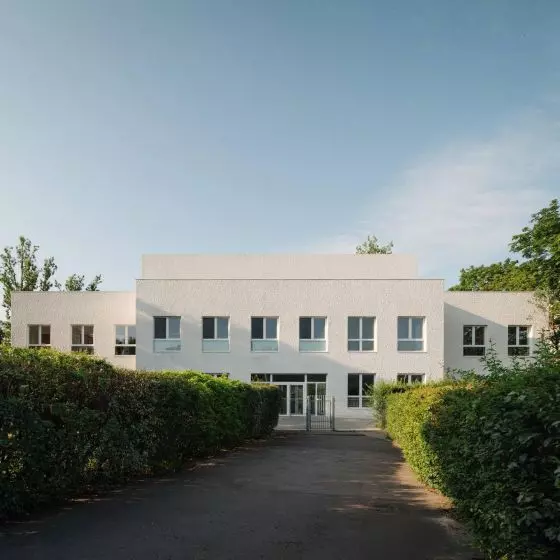
![Ricardo Scofidio [1935–2025]](https://cdn.architekturaibiznes.pl/upload/cms_aktualnosci/38432/images/kadr19/fit/560x560/ricardo-scofidio-457434.jpg)
